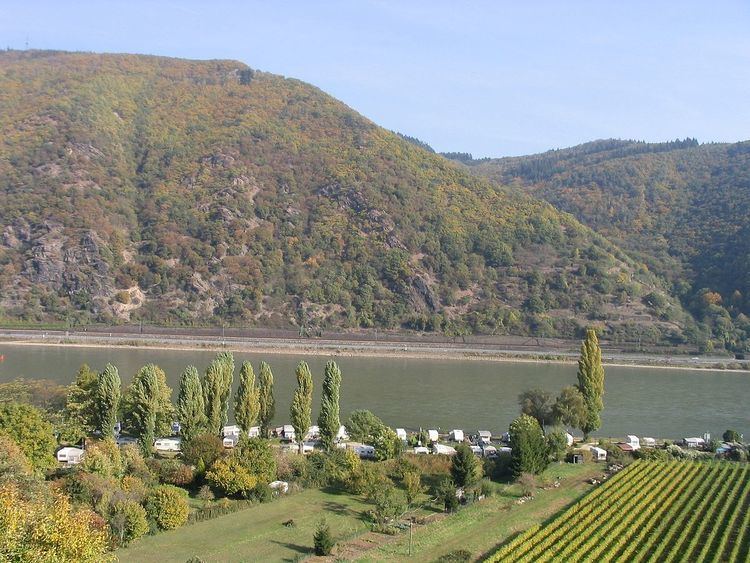 | ||
The Aresaces were a Celtic people closely related to, and probably originally part of, the Treveri. They inhabited the left bank of the Rhine in the Mainz-Bingen area, which was once the easternmost part of Treveran territory.
Contents
Settlement area of the Aresaces
According to current scholarship, the Aresaces would have been organized as a pagus or sub-unit of the Treveri, settled in Rhenish Hesse in the area south and east of Mainz. Their neighbours to the south were the Celtic Mediomatrici, while on the opposite bank of Rhine dwelled the Germanic Vangiones, Triboci, Nemetes, and the Mattiaci (a subdivision of the Chatti) in the area around present-day Wiesbaden.
This area was only sparsely settled during the late La Tène period, with larger settlements barely to be found in the second half of the 1st century BCE. One possible cultural and administrative centre of the Aresaces might have been the oppidum on the Donnersberg, which would have marked the southeasternmost centre of Treveran influence. Urbanization was only to increase noticeably at the time of, or shortly before, the Roman presence in the region.
The Aresaces in the Mainz area
At the time of the Romans' arrival in greater Mainz in 13–12 BCE, there were two or more lesser civilian settlements there that can probably be attributed to the Aresaces. One such at Mainz-Weisenau emerged either shortly before or at the same time as the Roman army camp at Mainz, while a village-like settlement at Mainz-Bretzenheim also straddled the banks of the Zaybach. There is further evidence for settlement at Mainz-Finthen near the Königborn and Aubach.
A Celtic and later Roman temple district between Klein-Winternheim and Ober-Olm near Mainz was dedicated to Mars Loucetius and Nemetona; this is regarded as the tribal sanctuary of the Aresaces living in the area.
The Aresaces under Roman rule
Under Domitian, if not before, the Romans administratively separated the area of Treveran territory on the left bank of the Rhine from the civitas Treverorum and the province of Gallia Belgica, attaching the Rhenish Hesse region to the newly organized province of Germania Superior. The Aresaces were likely to have been organized as a separate civitas from the Treveri at this stage, if not earlier, as were their neighbours the Cairacates. Meanwhile, the city of Mainz—known in Latin as Mogontiacum—flourished as a legionary headquarters for a number of Roman legions and also the capital of the province of Germania Superior.
Aresaces and Vangiones in Rhenish Hesse
The territory of the Aresaces was formerly thought to have belonged to the Vangiones, who would thus have occupied quite a large tract on the left bank of the Rhine. However, this interpretation is now considered superseded in light of archaeological discoveries. The Vangiones' settlement on the left bank of the Rhine, in the area of present-day Worms (ancient Civitas Vangionum or Borbetomagus), is now considered to have taken place only under the aegis of the Roman administration during the Augustan period.
